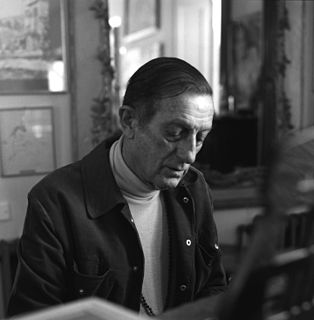دانلود کتاب The Phallus: Sacred Symbol of Male Creative Power
by Alain Daniélou|
|
عنوان فارسی: این فالوس: مقدس نماد نر قدرت خلاق |
 دانلود کتاب
دانلود کتاب
 جزییات کتاب
جزییات کتاب
Phallic imagery, in one form or another, may be found in the artistic traditions of virtually every world culture since prehistoric times. Alain Danielou here unveils the religious impulse underlying art that at first glance seems to have no purpose beyond the erotic.
**
Review
"Danielou was one of the most distinguished contemporary orientalists, who brought the beauty of ancient texts and music to our unfortunate and increasingly barbaric continent. Our debt to his scholarship and humanity is immeasurable." (Times Literary Supplement)
 درباره نویسنده
درباره نویسنده
 آلن دانیلو تاریخنگار، پژوهشگر موسیقی، موسیقیشناس و هندشناس اهل فرانسه بود. در سال ۱۹۹۱ بالاترین نشان آکادمی ملی موسیقی، رقص و نمایش هند به وی اعطا شد.
آلن دانیلو تاریخنگار، پژوهشگر موسیقی، موسیقیشناس و هندشناس اهل فرانسه بود. در سال ۱۹۹۱ بالاترین نشان آکادمی ملی موسیقی، رقص و نمایش هند به وی اعطا شد. 








 این کتاب رو مطالعه کردید؟ نظر شما چیست؟
این کتاب رو مطالعه کردید؟ نظر شما چیست؟
